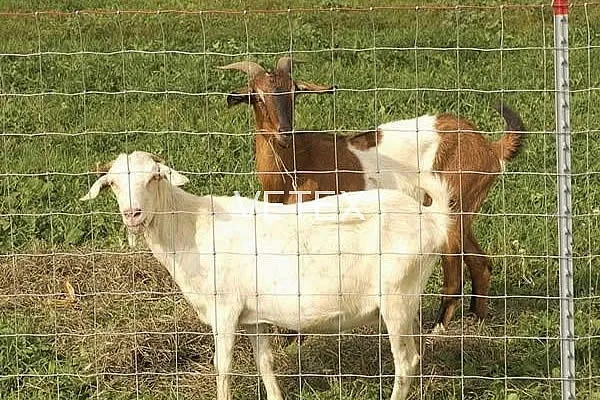 TEL:
+86-13102802206
TEL:
+86-13102802206
 Email:
fencenetting@china.com
Email:
fencenetting@china.com
 Language
Language
 TEL:
+86-13102802206
TEL:
+86-13102802206
 Email:
fencenetting@china.com
Email:
fencenetting@china.com
 Language
Language


Barbed Wire Sheep Fence A Practical Solution for Livestock Management
In the realm of agriculture, particularly livestock management, the importance of effective fencing cannot be overstated. Among various fencing options, the barbed wire sheep fence has emerged as a practical solution for many farmers. This article delves into the significance, installation, and maintenance of barbed wire fences specifically designed for sheep.
Why Barbed Wire for Sheep?
Barbed wire fencing is widely regarded for its strength and durability. For sheep farmers, one of the primary concerns is preventing livestock from grazing outside designated areas. Barbed wire effectively keeps sheep contained while simultaneously deterring potential predators. The sharp barbs are positioned at intervals along the wire, which can dissuade animals, including coyotes and dogs, from crossing the boundary. This not only protects the sheep from predation but also minimizes the risk of overgrazing in specific pastures.
Installation Process
Installing a barbed wire sheep fence involves several critical steps. Initially, a thorough assessment of the land is necessary. Farmers should determine the perimeter they wish to enclose while considering geographical features like valleys, hills, and water sources. Next, the selection of materials is crucial. High-tensile barbed wire is often preferred due to its strength and resistance to sagging over time. In addition to the wire, the supporting posts, typically made of wood or metal, must be adequately spaced—usually about 10 to 12 feet apart—to ensure structural integrity.

Once the posts are in place, the barbed wire can be attached. It is advisable to use a strain tool to achieve the right tension, preventing the wire from loosening or sagging. Multiple strands of barbed wire, usually three to five lines, offer enhanced security. Proper installation ensures that the fence is not only functional but also visually appealing, blending well with the rural landscape.
Maintenance
Maintenance of a barbed wire sheep fence is essential for its longevity and effectiveness. Regular inspections should be conducted to identify any damage, such as broken wires or compromised posts. Animals can sometimes push against the fence, causing it to shift or break. Immediate repairs are critical to prevent escapes and protect against predators.
Another aspect of maintenance involves monitoring the vegetation around the fence line. Overgrown weeds or shrubs can hinder visibility and may pose a risk to the fence’s structural integrity. Regularly clearing the area promotes a safer environment for both livestock and farmers.
Conclusion
In conclusion, the barbed wire sheep fence stands out as a reliable choice for farmers dedicated to managing their livestock effectively. Its ability to contain sheep, deter predators, and adapt to various landscapes makes it a valuable investment. With careful installation and regular maintenance, farmers can enjoy the tranquility of knowing their livestock are well-protected, leading to a more productive and sustainable farming operation. As agriculture evolves, investing in practical fencing solutions like the barbed wire sheep fence remains a cornerstone of successful livestock management.